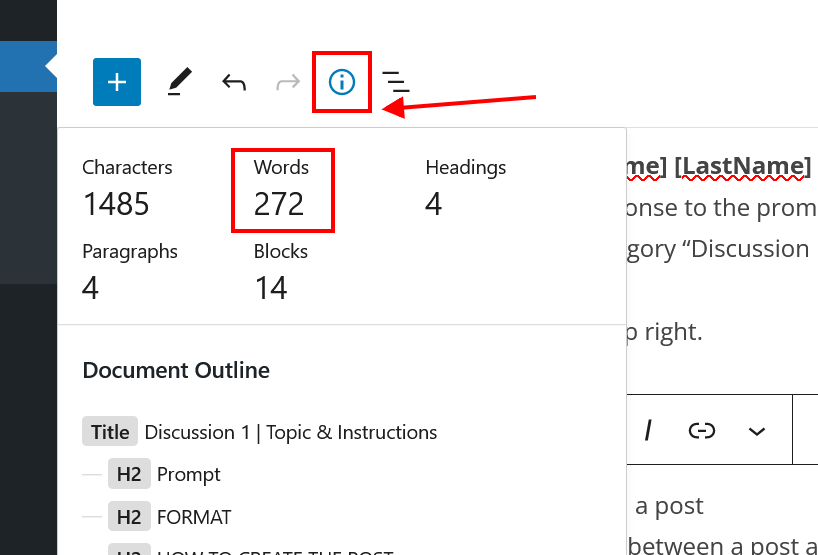This week, which I am calling “Housewives Revolt”, you will read to pieces. Both were written in 1970. Both provide means for thinking about the feminist tenet “the personal is political“. This phrase is meant to highlight the connections between that which we consider personal or private, and larger social and political institutions. Meaning any personal issue we encounter is the result of political issues and requires political intervention to change. Please note we are talking about politics not Politics with a capital P (though that could be part of the equation). I ask you to reflect on this in this week’s discussion. Here are some brief summaries of the pieces.
Pat Mainardi, “The Politics of Housework” (1970)
Pat Mainardi distinguishes between the Liberated Woman and Women’s Liberation in “The Politics of Housework.” She claims that the Liberated Woman is sexually active and has a career while Women’s Liberation has to do with sharing housework in the home. Throughout the article, Mainardi illustrates that “the personal is political,” that is to say that the expectation of women to do all of the housework shows how our society undervalues women’s work. She spends the majority of this article discussing the opposition from her husband on sharing the seemingly trivial household chores. At first, Mainardi’s husband agrees that they should do an equal amount of the household chores. As time goes on, however, her husband tries to absolutely refuse to do chores around the house. Mainardi breaks down his statements in opposition to doing housework by explaining their actual and historical meaning—leading back to traditional gender roles for women regarding housework. She concludes this article by listing nine things for women to remember when trying to implement participatory democracy and equity of housework in their homes.
Anne Koedt, “The Myth of the Vaginal Orgasm” (1970)
In “The Myth of the Vaginal Orgasm,” Anne Koedt deconstructs the false dichotomy of vaginal and clitoral orgasms. She explains that vaginas are not very sensitive and do not allow women to orgasm, while the clitoris is the tissue that allows female-bodied people to orgasm. She exposes that experts have wrongly claimed that women who cannot have vaginal orgasms are frigid when the truth is that traditional heterosexual sexual positions do not adequately stimulate clitoral tissue. The assumption that mature female orgasms are vaginal is evidence that sex has been defined as heterosexual and by what is pleasurable to men, not women. Koedt calls for women to redefine sexual pleasure so that it is mutually pleasurable to men and women. Koedt credits Freud for the invention of the myth of the vaginal orgasm, explaining that Freud did not study the female anatomy. Instead, Freud based his theory of mature vaginal orgasms on his assumption of women’s inferiority to men. Koedt then goes into anatomical facts of both the clitoris and vagina. She concludes this article by explaining why some women claim to have vaginal orgasms and the reasons men maintain the myth of the vaginal orgasm in society.
Due this week
- Wednesday, March 30 by 11:59 pm – Discussion 9 and Reflection 8
- Friday, April 1 by 11:59 pm – Comments on Discussion 9


